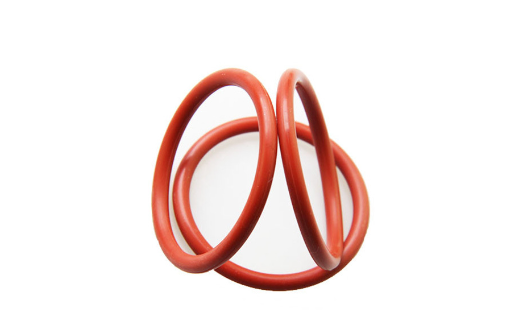27
2025
-
07
Understanding Hydraulic Oil Seals: Essential Components for Automotive Engine Systems
Introduction
Hydraulic oil seals play a crucial role in automotive engine systems, particularly in ensuring the efficient operation of hydraulic components. These seals function as barriers, preventing the leakage of hydraulic fluids while also keeping contaminants at bay. Designed to withstand high pressures and varying temperatures, hydraulic oil seals are essential for maintaining the reliability and efficiency of various automotive systems, particularly those involving hydraulic mechanisms.
One of the primary functions of hydraulic oil seals is to contain hydraulic fluid within the system, which helps to avoid losses that could affect performance. These seals not only prevent fluid leakage but also protect sensitive components from dirt, dust, and moisture that could lead to premature wear and failure. This containment is vital for preserving the integrity of hydraulic systems, which are used in applications such as power steering, braking systems, and various engine operations.

Hydraulic oil seals are typically made from a variety of materials, including rubber, polyurethane, and other elastomers. The choice of material is critical, as it needs to withstand specific conditions such as temperature fluctuations, pressure, and exposure to chemicals. For instance, nitrile rubber is commonly used for its excellent resistance to oil and temperature, while fluorocarbon materials are better suited for high-temperature applications. Understanding the right material for specific applications can significantly enhance the seal's performance and longevity.
Moreover, the design of hydraulic oil seals can vary based on their intended application. Common designs include lip seals, which feature a flexible lip that makes contact with the shaft, and O-rings, which provide a simple yet effective sealing solution. The intricacies of these designs are tailored to meet the demands of various automotive systems, ensuring that they perform optimally under stress.
Regular inspection and maintenance of hydraulic oil seals are imperative to prevent issues that can arise from wear and tear. Signs of a failing oil seal include fluid leaks, reduced efficiency in hydraulic operations, and abnormal noise from the engine. Addressing these signs early can help avoid more significant problems and costly repairs.
In conclusion, hydraulic oil seals are indispensable components within automotive engine systems. Their primary function to contain hydraulic fluid ensures that vehicles operate efficiently and reliably. By understanding the materials, designs, and maintenance requirements associated with hydraulic oil seals, automotive professionals can better appreciate their importance in enhancing the performance and longevity of various engine systems. Being proactive in monitoring these seals can lead to improved vehicle performance and reduced downtime, making them a critical focus for anyone involved in automotive maintenance and repair.
More News


